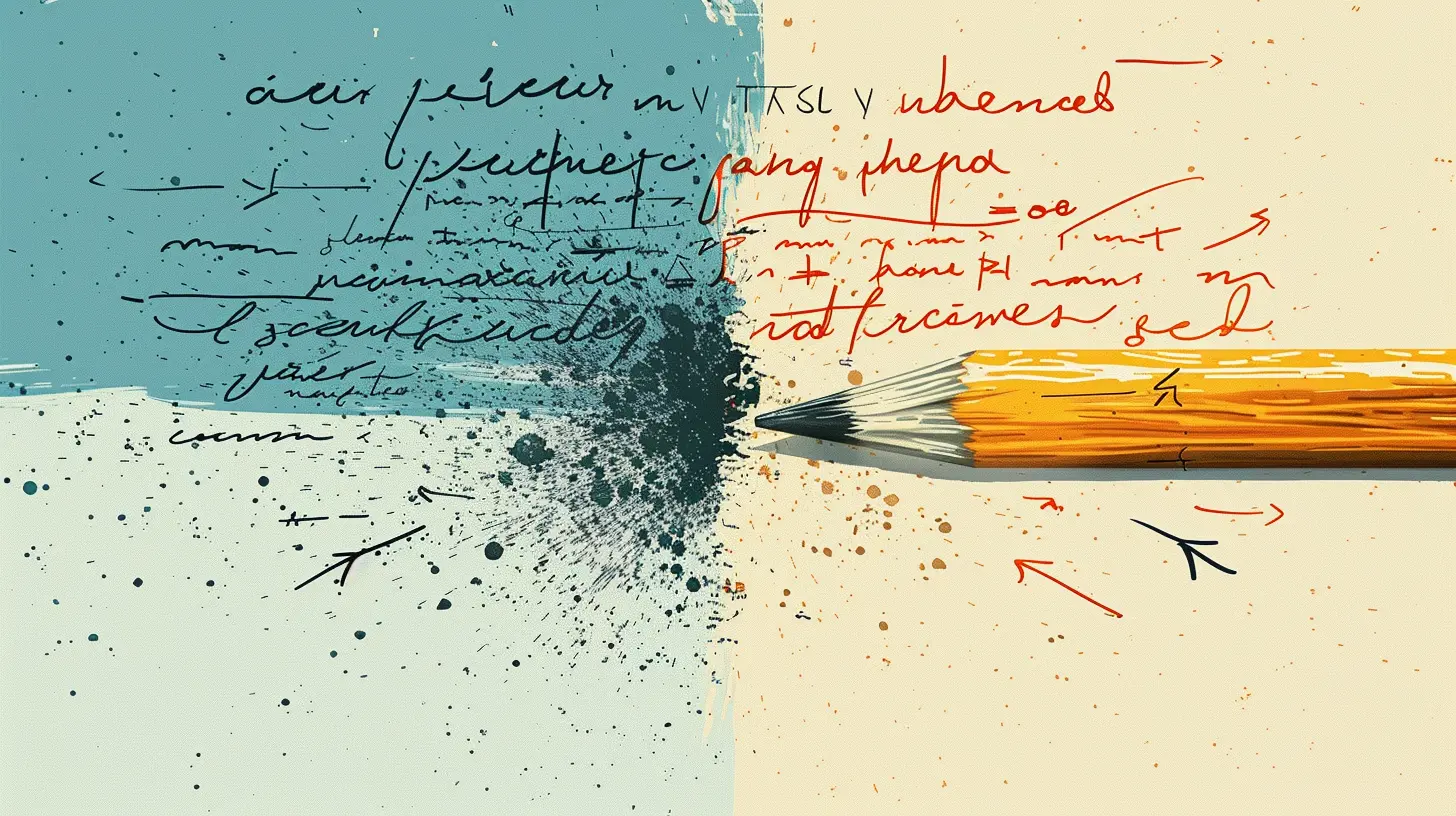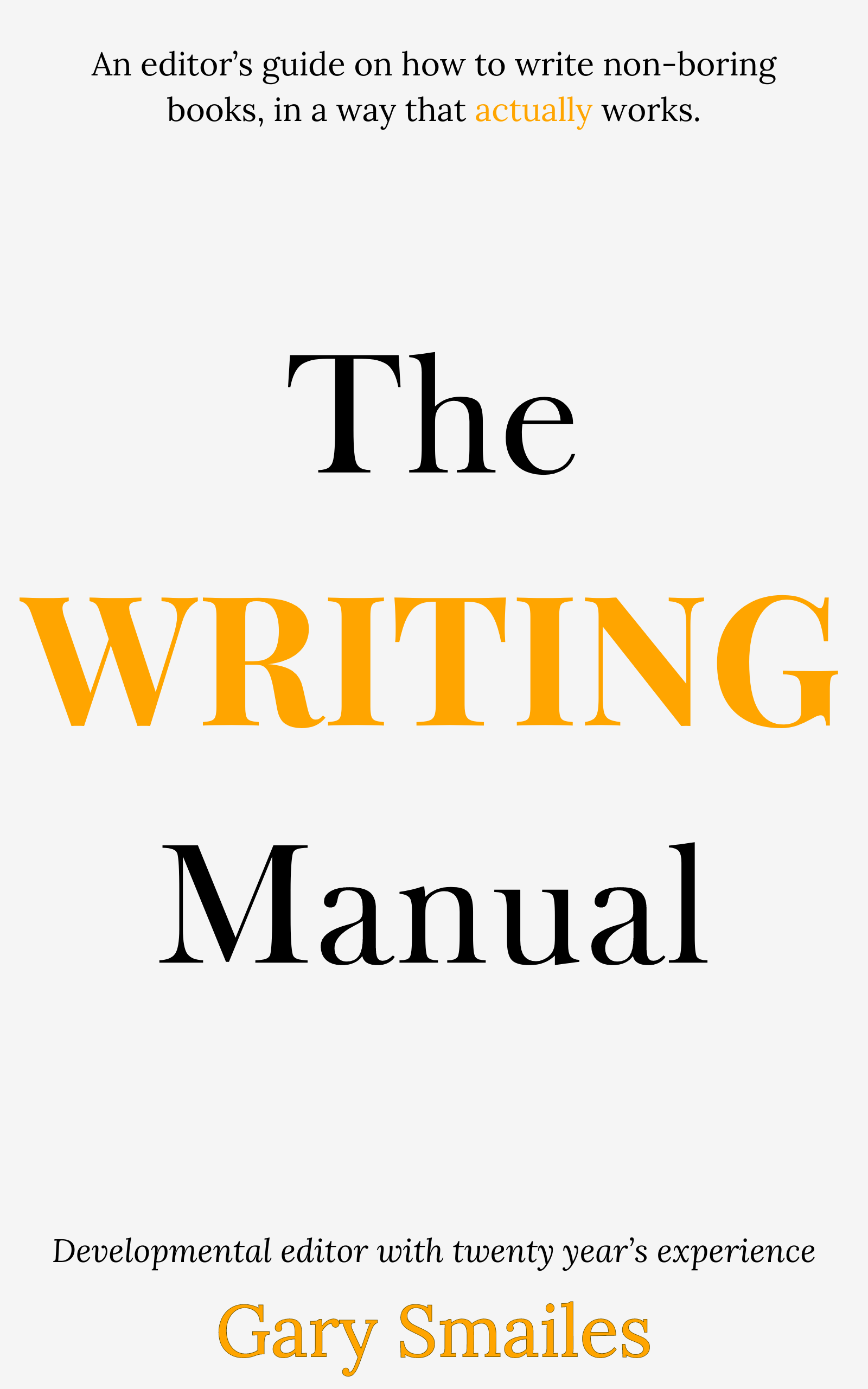



Have you ever felt stuck in your writing, unsure if your story works? Developmental editing could be the key to unlocking your manuscript's potential. This crucial stage of the editing process focuses on the overall structure, content, and flow of your work, helping authors refine their narratives and strengthen their storytelling.
Developmental editing is not just about correcting grammar or punctuation; it addresses the heart of your story, ensuring that characters are well-developed, plots are engaging, and themes resonate. In this guide, we will cover what developmental editing is, the vital role of a developmental editor, key elements of the editing process, essential tips for authors, common challenges faced, how to choose the right editor, and useful tools and resources to aid you along the way.
To learn more about developmental editing, you can visit Wikipedia.
Table of Contents
Developmental editing is a comprehensive editing process that focuses on the structure and content of a manuscript. Unlike copyediting or proofreading, which concentrate on grammar, punctuation, and spelling, developmental editing delves into the heart of the narrative, examining elements like plot, character development, pacing, and overall coherence.
This type of editing is essential for authors looking to enhance their stories, as it helps identify and address potential weaknesses in the manuscript. A developmental editor acts as a guide, providing feedback and suggestions that can lead to a more polished and engaging final product.
In essence, developmental editing serves as a crucial step in the writing process, allowing authors to refine their work before it reaches the hands of readers. By focusing on the big picture, authors can ensure their stories resonate and engage their audience effectively.
To illustrate the differences between editing types, consider the following:
A developmental editor plays a pivotal role in the writing process, acting as both a guide and a collaborator for authors. Their primary responsibility is to analyze the manuscript's structure, content, and flow, providing insights that help authors enhance their storytelling.
Some key responsibilities of a developmental editor include:
Collaboration is at the heart of the developmental editing process. Editors work closely with authors, providing constructive feedback that encourages growth and improvement. This partnership fosters a supportive environment where authors can explore their creative vision while benefiting from the editor's expertise.
Many authors have experienced significant improvements in their work through developmental editing. Case studies and testimonials from authors who have worked with developmental editors often highlight how this process has transformed their manuscripts, leading to more engaging and polished stories.
In developmental editing, several key elements are essential for creating a compelling narrative. Understanding and refining these aspects can significantly enhance a manuscript's overall quality. Here are the primary components:
The plot structure is the backbone of any story. It involves the arrangement of events and actions that drive the narrative forward. A strong plot typically follows a clear arc, including exposition, rising action, climax, falling action, and resolution. A developmental editor will evaluate the plot for coherence, pacing, and emotional impact, ensuring that it engages readers from start to finish.
Characters are the heart of a story. Effective character development involves creating relatable, multi-dimensional characters with clear motivations, goals, and arcs. A developmental editor will assess each character's journey, ensuring that they evolve throughout the narrative and resonate with readers. Well-developed characters enhance emotional engagement and make the story more memorable.
The setting provides the backdrop for the story and can significantly influence its tone and atmosphere. Strong world-building is essential in genres like fantasy and science fiction, where the setting is often as integral as the characters and plot. A developmental editor will evaluate the setting for consistency, detail, and relevance, ensuring it complements and enriches the narrative.
Pacing refers to the speed at which the story unfolds. A well-paced narrative balances action, dialogue, and description to maintain reader interest. A developmental editor will assess the pacing throughout the manuscript, ensuring that scenes transition smoothly and that the story maintains momentum. Proper pacing keeps readers engaged and encourages them to turn the pages.
Themes are the underlying messages or concepts explored in a story. A developmental editor will help authors identify and reinforce their themes, ensuring they resonate throughout the narrative. Additionally, understanding genre conventions is crucial for meeting reader expectations. A developmental editor will guide authors in aligning their work with genre standards while encouraging innovative storytelling.
The developmental editing process is a structured approach that allows authors to refine their manuscripts through several key stages. Each stage plays a vital role in enhancing the overall quality of the work. Here's an overview of the typical steps involved:
The first stage involves an initial assessment of the manuscript. The developmental editor reads through the work to gain an understanding of the story, its strengths, and areas that may need improvement. This assessment typically includes feedback on plot structure, character development, pacing, and overall coherence. The goal is to provide authors with a clear picture of where their manuscript stands and what aspects require attention.
After the initial assessment, the editor conducts a detailed review of the manuscript. This stage involves a close examination of specific elements, such as character arcs, dialogue, setting, and thematic consistency. The editor may provide detailed notes and suggestions for revisions, helping the author to identify specific areas for improvement. This feedback is crucial for guiding authors through the revision process.
Once the detailed review is complete, the author receives comprehensive feedback from the editor. This feedback may include both general observations and specific notes on individual sections of the manuscript. Authors are encouraged to revise their work based on the editor's insights, addressing any identified weaknesses and enhancing the overall narrative. This collaborative process fosters growth and encourages authors to explore their creative vision further.
Throughout the developmental editing process, communication between the author and editor is essential. A healthy dialogue allows for clarification of feedback and ensures that both parties are aligned on the manuscript's goals. By following this structured approach, authors can effectively refine their work and produce a more engaging and polished final product.
Entering the developmental editing process can be both exciting and daunting for authors. To make the most of this collaborative experience, here are some valuable tips to consider:
While developmental editing is a valuable process for enhancing a manuscript, it often comes with its set of challenges. Understanding these common hurdles can help authors navigate the editing journey more effectively:
Selecting the right developmental editor is crucial for the success of your manuscript. The right fit can make a significant difference in the quality of your revisions and your overall experience. Here are some steps to help you choose the best developmental editor for your needs:
When embarking on the developmental editing journey, utilizing the right tools and resources can enhance the process and improve the quality of your manuscript. Here are some helpful tools and resources to consider:
Examples of developmental editing include assessing character arcs, plot structure, pacing, and themes. An editor may suggest adding or removing scenes, deepening character motivations, or clarifying the narrative voice to enhance the overall manuscript.
To become a developmental editor for fiction, you should have a strong understanding of storytelling and narrative structure. Gaining experience through writing workshops, taking courses in editing, and working with authors on their manuscripts can help you develop the necessary skills.
The cost of a developmental edit for a novel can vary widely, typically ranging from $0.01 to $0.04 per word, depending on the editor's experience and the complexity of the manuscript. It's essential to discuss fees upfront and understand what services are included.
To developmentally edit a book, start by reading the manuscript for overall flow and coherence. Take notes on character development, plot structure, and pacing. Provide detailed feedback and suggestions for revisions, focusing on enhancing the story's strengths while addressing its weaknesses.
Developmental fiction editing is a comprehensive editing process that focuses on the manuscript's structure, characters, themes, and overall narrative. This type of editing aims to enhance the story's effectiveness and ensure that it resonates with readers.
The time it takes to developmentally edit a book can vary significantly based on the manuscript's length and complexity. Generally, it can take anywhere from a few weeks to several months to complete a thorough developmental edit.
Developmental editing is an essential step in the writing process, allowing authors to refine their manuscripts and enhance their storytelling. By understanding the common misconceptions, challenges, and available tools, writers can better navigate this vital phase of editing. Selecting the right developmental editor plays a significant role in this journey, ensuring a collaborative approach that respects the author's voice while elevating the narrative.
As you embark on your editing journey, remember that developmental editing is not just about correcting errors but about crafting a more compelling and cohesive story. With the right guidance and resources, you can transform your manuscript into a polished piece that resonates with readers and stands out in the literary landscape.
Embrace the process, stay open to feedback, and enjoy the journey of bringing your story to its fullest potential.

Claim your free eBook today and join over 25,000 writers who have read and benefited from this ebook.
'It is probably one of the best books on writing I've read so far.' Miz Bent